
The painting “The Star of the Morning” refers to the mature period of the work of Nicholas Roerich. The Star of the Morning was written in 1932 in a tempera painting style. For N. K. Roerich, tempera is a special material that makes it possible to enhance the brightness, light saturation of the canvas. Temper design is soft, pastel, subtle sound colors. Roerich’s painting “The Star of the Morning” currently belongs to the collection of paintings by the Museum of Nicholas Roerich in New York.
“Star of the morning” has a symbolic basis. Symbols of the sky, stars, mountain peaks – are filled with meaning and clarity of being. The world seemed to freeze in a transparent, quiet space, where time turns into eternity, and the monochrome depth of the night into a complex color of the morning colors. The composition of the picture consists of several plans, gradually expanding vertically. This compositional plan of the sky, the mountains of a small settlement and the dark power of the earth, serving exactly the foundation of the whole picture, resembles a peculiar gradient from the monochromatic complex shade of the sky to the almost black tone of the earth’s surface at the bottom of the picture.
The roll call and color play begins at the level of the image of the mountains and dimly lit stone buildings. The image of mountain ranges is coloristically many-sided and contrasted. In the image of the mountains there are no dull, extinct colors, but on the contrary, their pictorial image is represented mainly in the bluish-lilac gamut. The use of such a color brings with it a certain symbolism and motives of cold, night darkness, depths of silence, hidden experiences, possible fears and secrets. The mountain peaks in Roerich’s work The Star of the Morning are different from each other both in terms of drawing and color design. Each mountain has only one set of inherent lines and features, colors and contrasts.
The picture “Star of the morning” turned out pretty stylized. The stylized, simplified and, a kind of, austere turned out and the image of the towering silhouette of a small settlement or town. The silhouette of the city is distinguished by a clear contour drawing, sometimes by sharp contrasting transitions of light and shadow, without intermediate stages, half-shadows and semi-contrasts. Images of stone buildings resemble a quaint gem. The unusual combination of color, the ratio of light and shade allows these images of stone buildings to be visually accentuated and enhanced in our perception. Precisely a castle of iridescent crystals, these images enter our consciousness with a vivid memory that the star of the morning will forever illuminate.
The “Star of the Morning” piece, like a poem or some lyrical melody, illuminates everything with its dimensional calm sounding, drawing before us a complex, borderline state of space-time, when the morning star barely breaks through and the night gradually comes out and a bright morning comes, foreshadowing a new day and the possibility of starting a new life.
 Kanchenjunga by Nicholas Roerich
Kanchenjunga by Nicholas Roerich Pink Mountains by Nicholas Roerich
Pink Mountains by Nicholas Roerich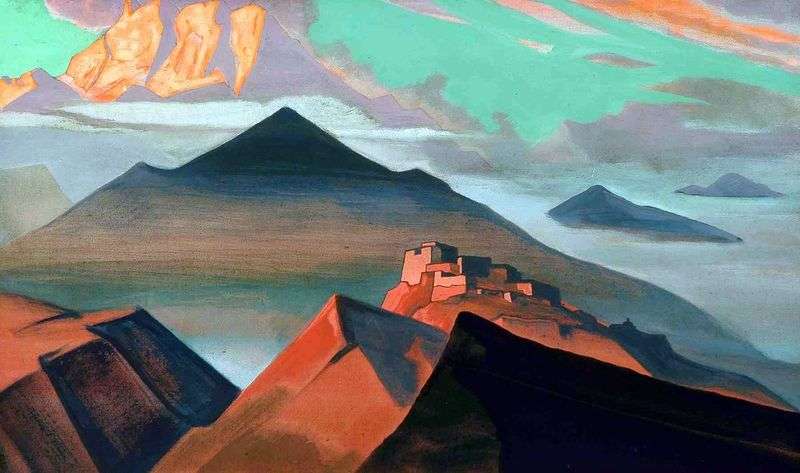 Tent Mountain by Nicholas Roerich
Tent Mountain by Nicholas Roerich Himalayas. Pink Mountains by Nicholas Roerich
Himalayas. Pink Mountains by Nicholas Roerich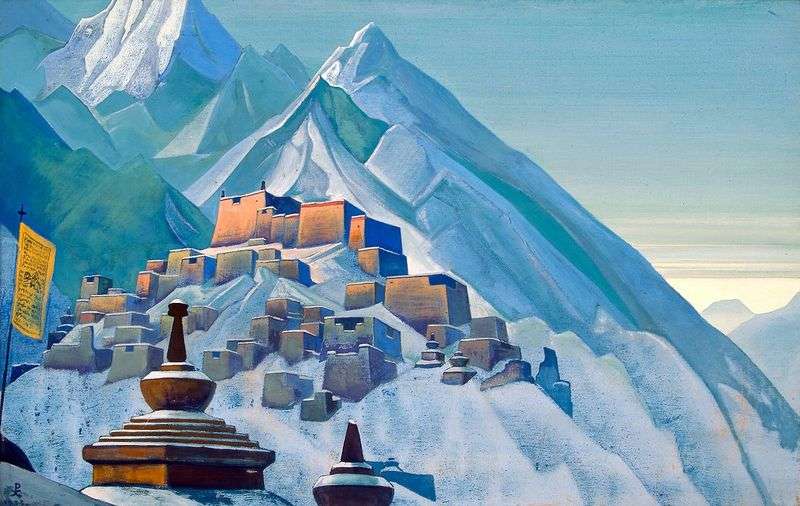 Tibet. Himalayas by Nicholas Roerich
Tibet. Himalayas by Nicholas Roerich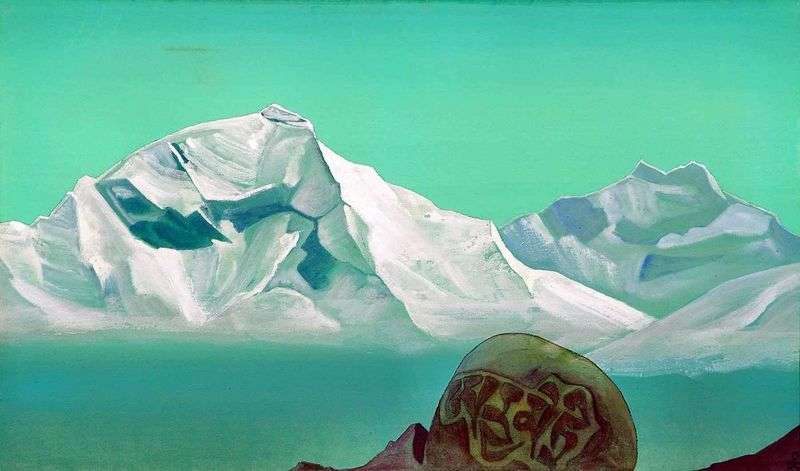 The road to Kailash by Nicholas Roerich
The road to Kailash by Nicholas Roerich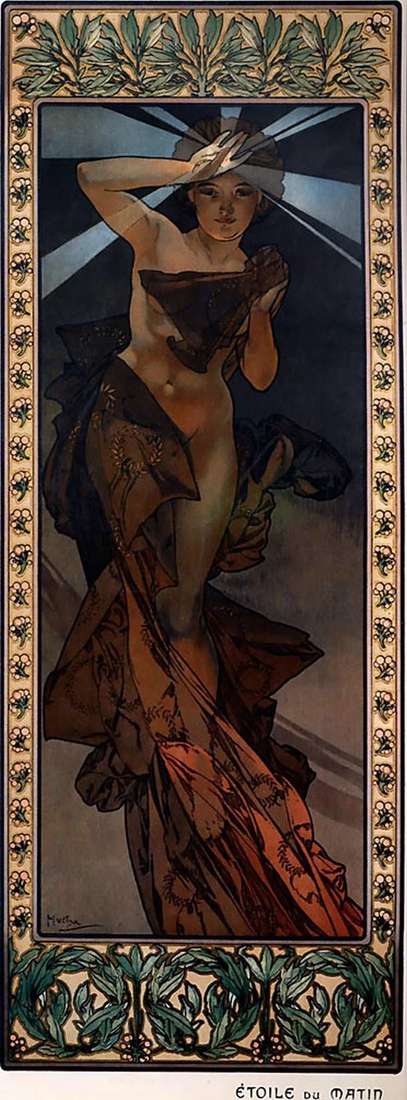 Morning Star by Alphonse Mucha
Morning Star by Alphonse Mucha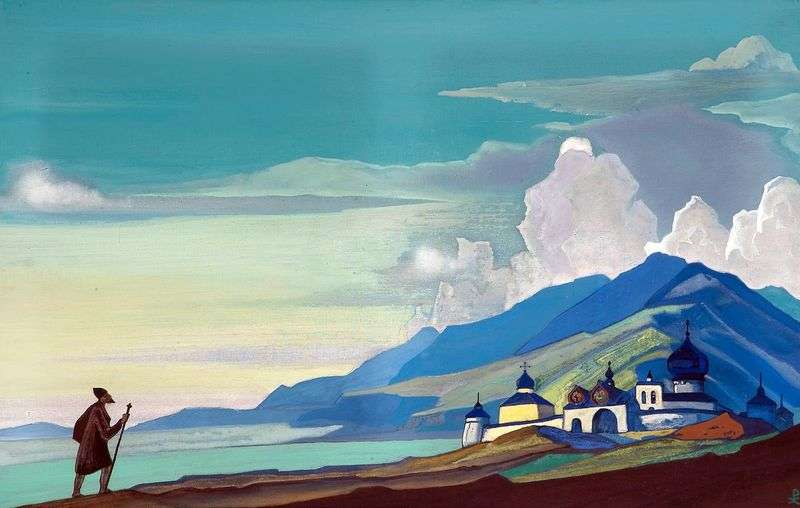 The Wanderer of the Light City by Nicholas Roerich
The Wanderer of the Light City by Nicholas Roerich